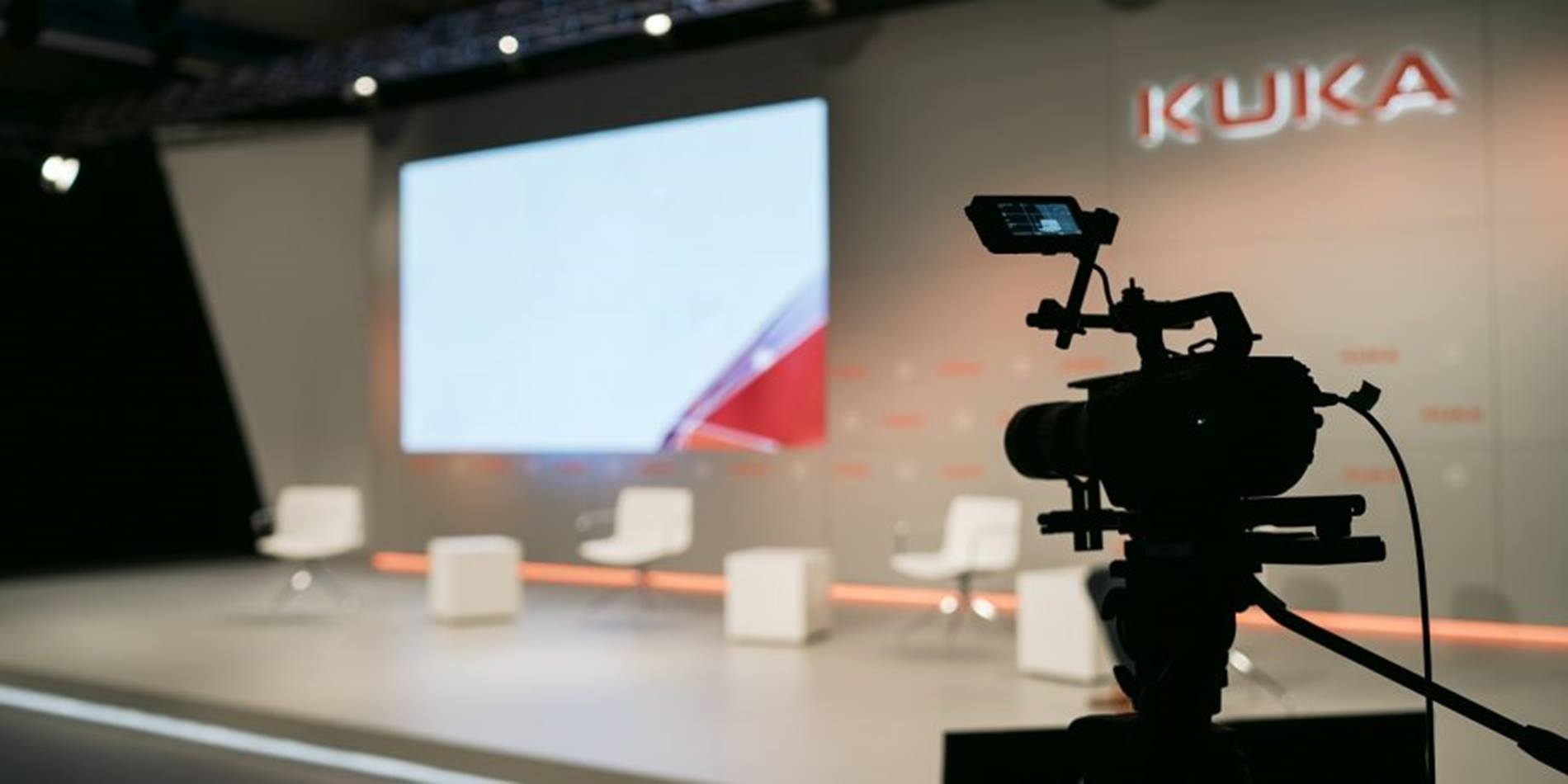1. Virtual events which were inconceivable before the pandemic are now commonplace. What are the advantages of these new formats?
Virtual formats offer a lot of freedom. It is possible to hold large conferences with separate workshops without any spatial restrictions, and to vastly increase the number of participants. At Bitkom events, we sometimes had five times more participants than before the pandemic.













